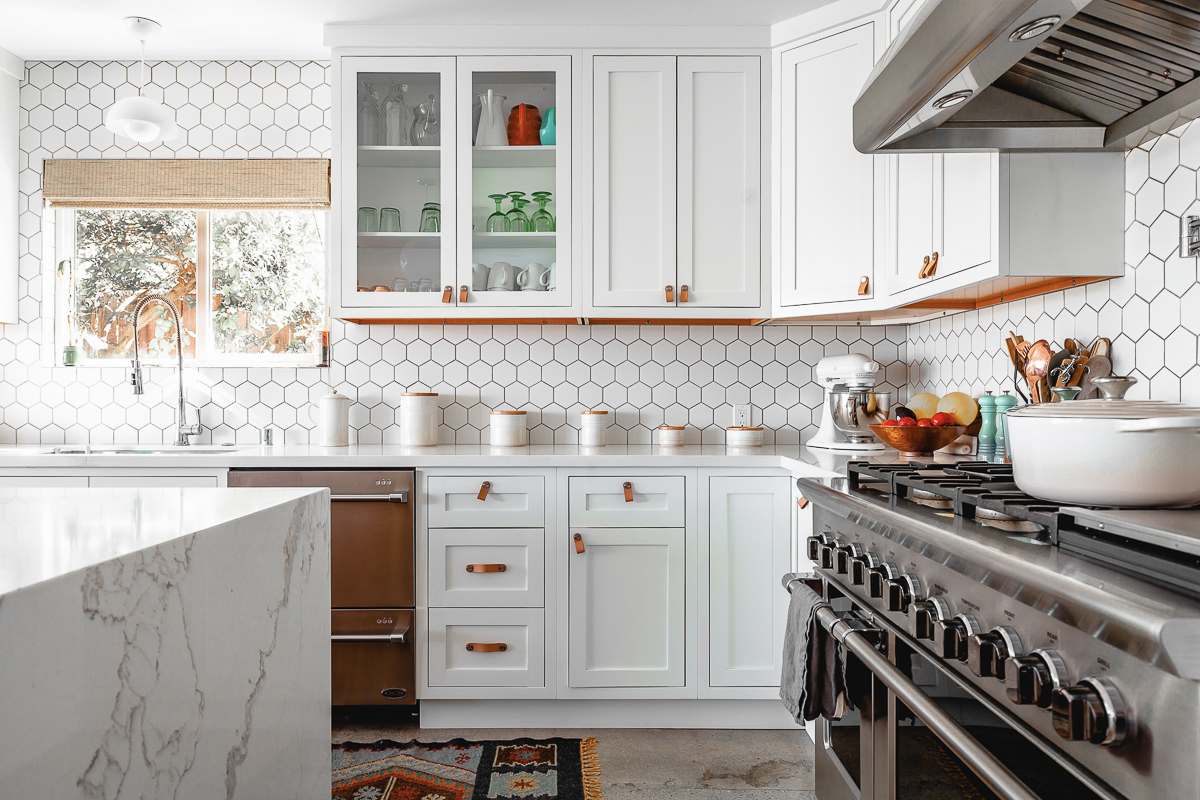
If you’re a long-term renter, you know the drill. You hand over a big wad of cash as a security deposit to your landlord, sign the relevant documents, and then move in.
At first, the deposit seems like a good idea. You pay some money to your landlord upfront, and then they use it to cover the cost of repair of any damage you cause during your stay. After all, the landlord shouldn’t be on the hook for damage done by the tenants. That’s not fair.
But soon after you move in, you realise that there’s a problem with this arrangement. Homes naturally experience a degree of wear and tear over time, even if you look after them as best you can.
As renters, we want to know what rights the landlord has to take our money out of our deposit. That requires understanding what the law means when it talks about “fair wear and tear.”
Let’s take a look.
What Counts As Fair Wear And Tear? A State By State Analysis

The definition of what constitutes “fair wear and tear” depends on where you live in Australia.
In New South Wales, for instance, the government describes wear and tear as:
“Deterioration that occurs over time with the use of the premises even when the premises receive reasonable care and maintenance.”
In Victoria, it is a similar story. The authorities there say that landlords can’t make a claim against a bond for:
“Fair wear and tear, such as carpets wearing out over time.”
Queensland takes a slightly different tack. It accepts that “normal use and aging may affect the condition of a rental property over time.” But then it goes on to state that the tenant must leave the property in the same condition as it was at the start of the tenancy. To this end, it asks landlords and tenants to fill out “entry” and “exit” reports documenting the state of the accommodation before and after the contract period. Wear and tear, the Queensland authority claims, should “be considered when assessing the condition of the property,” but it is not entirely clear what they mean by this.
In Western Australia, authorities there are very clear on the definition of wear and tear. According to the state, wear and tear is “anything that occurs through ordinary use.” Thus, wilful and intentional damage or negligence is not fair wear and tear because it does not occur through everyday use.
The authorities in the Northern Territory take a decidedly common sense approach to the matter but do not talk about what actually constitutes wear and tear in any detail. Instead, the territory asks renters to fill out an entry report at the start of the lease, confirming the condition of the property an exit report at the end. If there is a discrepancy, then the landlord may be able to hold back some of the security deposit.
Renters in the state can appeal a decision by the landlord to retain all or part of the security deposit if they do not agree with the reasons the landlord gives for withholding it. They can either go to the landlord or file a claim with the Northern Territory Civil And Administrative Tribunal. This body may then side with tenants or landlords, depending on what it believes constitutes fair wear and tear in particular care.
Common Sense Examples Of Wear And Tear

So, those are a few of the specifics applicable to each state. Unfortunately, not all of them are entirely clear about what constitutes wear and tear, with some leaving the definition particularly vague. Some territories, like New South Wales and Western Australia, offer lists of examples of fair wear and tear, but others do not.
With that said, Australian regional authorities do apply common sense when defining what “wear and tear” actually means in practice, thus protecting consumers. In general, it is the depreciation you would EXPECT with the natural passage of time on a property. Most government representatives understand this and are not in the business of imposing punitive terms on the release of security deposits back to tenants at the end of their contracts.
Here are some examples that should illustrate what we mean by “wear and tear”:
- Faded curtains due to UV damage
- Cracks in the walls that result from natural movement or subsidence
- Water stains from leaking or bad plumbing
- Wear and tear on the kitchen counter
- Scuffed flooring
- Wear of front door in-laid mats
- Scuffs and marks on the paint
- Paint that is faded, chipped or cracked
- Worn paint around fixtures and fittings, such as light switches
- Furniture imprints on the carpet
- Loose lock or door mechanisms that have failed because of wear and tear
- Broken down appliances that have reached the end of their serviceable life
- Wear on carpets in high footfalls areas.
Just eye-balling these examples, you can see that they all fall into one of two categories.
Either they are things that happen passively as a consequence of the fact that buildings age and we live in a chaotic universe (such as curtains fading because of sunlight). Or it is damage that occurs as a result of the ordinary and reasonable use of a home. It wouldn’t be fair, for instance, for a landlord to penalize a tenant for placing furniture or a carpet or wearing down the carpets in high footfall areas.
There are several things, therefore, that we can say about fair wear and tear:
- It happens over time. Fair wear and tear events aren’t usually something that occurs suddenly (except for plumbing or structural failures). Instead, it is something that happens over a long period, such as the slow wearing down of a carpet through regular use.
- It occurs despite reasonable care. Fair wear and tear is something that happens despite a tenant’s best efforts to look after the property. Tenants can’t claim fair wear and tear if they deliberately damage or neglect their accomodation.
- It occurs despite ordinary use. Fair wear and tear only constitutes damage done to a property through regular use. Worn carpets in high footfall areas would be expected when renting out a residential property. By contrast, a landlord might be able to withhold a part of the deposit if the tenant was using the home as commercial premises.
When You Are Liable

Sometimes, however, we are liable for damage and a landlord take money out of our deposits.
Here are some examples of what counts as an instance of “damage.”
- Gouged or scratch floors
- Cracks or holes in the walls or the ceiling caused by an impact
- Burns or chemical damage to worktops, benches and bathroom accessories
- Marks on the wall from hanging up pictures and paintings
- Broken glass caused by a tenant
- Water stains on the carpets caused by accidentally leaving the tap on
- Damage caused to the plumbing system by failing to put it in holiday mode
- Changes to the decor not approved by the landlord
- Missing window fittings and furnishings
- Broken blinds from tugging on them too hard
- Damage caused by pets
- Damage to the fireplace and surrounds
Here you can see that there is an essential difference between wear and tear and damage. Wear and tear encompass things that happen passively through normal use of your home. Damage occurs because of some particular action that is your fault.
Accidental And Deliberate Damage
States and insurance companies like to partition damage into two categories: accidental and deliberate.
Accidental damage is unintended – the tenant didn’t mean to do it, even if it resulted from their actions. A good example of this might be forgetting that you left the faucet running when you left the house, leading to flooding.
Deliberate damage is when a tenant damages the property through wilful neglect or action. Good examples here include things like punching holes in walls or repainting the property in bright green against the landlord’s wishes.
The authorities in Western Australia provide some excellent examples of what they call “neglectful damage” where the tenant is liable to lose money from their deposit. For instance, you could be liable if you forget your keys and break a lock to get in. Similarly, you could end up paying for cleanup if mould and mildew form because you do not air your property correctly.
Who Is Responsible For The Damage?
Tenants should refrain from negligently or intentionally damaging rented accommodation if possible. If, however, you do wind up causing damage, then you should notify the lessor or the landlord as soon as you can and expect to foot the bill for repairs.
If a “third party” (such as a river flood or a burglar) caused the damage, then you’re not responsible. You do not have to contribute out of your deposit to the cost of repairs. You are, however, responsible for damage which IS under your control. So if you damage a wall by painting it a different colour, then you’re on the hook for the bill. That’s not general wear and tear.
If you’ve found this article on ‘What EXACTLY is Fair Wear and Tear for Rental Properties?’ useful, then perhaps you will enjoy our house rental decor tips here.







